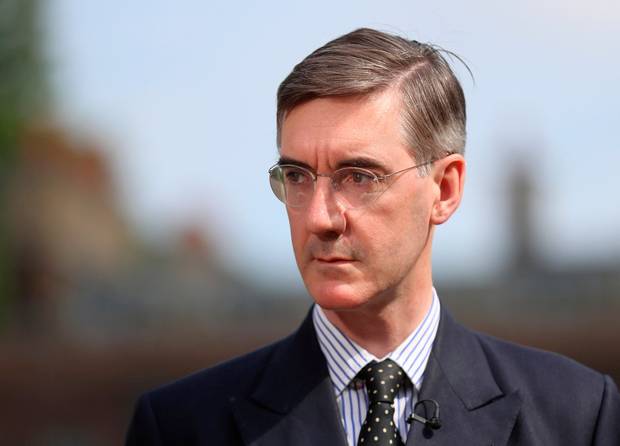Sterling will fall to 95 pence to the euro and approach parity in the early part of next year if a hard Brexit is still on the cards, according
Sterling will fall to 95 pence to the euro and approach parity in the early part of next year if a hard Brexit is still on the cards, according to analysts at Investec Ireland.
Currency volatility, and unfavourable rates, are a big risk to Irish exporters into the UK, particularly in lower margin sectors including food.
Weakness in sterling versus the euro also potentially hurts the overall competitiveness of the Irish economy.
The euro will strengthen to 95 pence versus the pound by the end of the year, and 97 pence in the second quarter of 2019, if there’s a hard Brexit, according to Investec’s head of treasury, Aisling Dodgson (pictured).
That view is based on a UK exit from the EU without a transition period or agreement on regulatory alignment and Britain leaving the EU customs union.
It does not allow for an even more destabilising so-called worst-case scenario – where planes don’t fly and medicine supplies run out.
An alternative scenario, of an orderly transition, would boost the pound – to 87 pence in the final quarter of this year and 88 pence versus the euro in early 2019, Investec thinks.
With scant progress in talks to date, traders are increasingly pricing in a harder scenario.
Sterling fell to 90.390 pence per euro on Friday – an 11-month low.
“The markets increasingly sense that the risk of no deal is greater. I don’t think anyone would really suggest otherwise,” Aisling Dodgson said.
“At the end of the day our baseline case is if you strip it down to fundamentals it’s in no one’s interest for there to be no deal, but there are a couple of situations where you could see relationships breaking down,” she added.
Infighting – and lack of communication – within the UK’s ruling Conservative Party is now a major issue, she noted.
Conservative backbencher – and Brexit hardliner – Jacob Rees Mogg was lambasted over the weekend for holding up the Troubles-era Border regime as a model for post-Brexit controls.
“There would be our ability, as we had during the Troubles, to have people inspected,” the Tory MP said.
“It’s not a Border that everyone has to go through every day. But of course for security reasons during the Troubles, we kept a very close eye on the Border to try and stop gun-running and things like that,” he said at a meeting in the UK.
The Foreign Affairs Minister Simon Coveney branded the comments “ill informed”.
The uncertainty around Brexit is starting to weigh on sentiment here, according to Bank of Ireland’s regular ‘Economic Pulse’ sentiment tracker.
The index, which combines the results of consumer and business sentiment gauges, weakened in August versus July and compared to August last year.
Bank of Ireland’s chief economist, Dr Loretta O’Sullivan, linked the more subdued mood to uncertainty around the Brexit negotiations, coupled with renewed sterling volatility.
“Amid political divisions in the UK government and the EU’s lukewarm response to elements of the White Paper (setting out the UK negotiating position), there has been increased chatter about the possibility of a ‘no deal’ outcome to the negotiations. This is weighing on sentiment and is also impacting currency markets.”
There is now just over a month until the initial deadline for Europe and the UK to reach a deal.
However, the talks are deadlocked, with a failure to settle arrangements that square the circle of the UK government’s agreement to retain an open Border on the island of Ireland, with its plan to leave the European customs union.
Irish Independent


